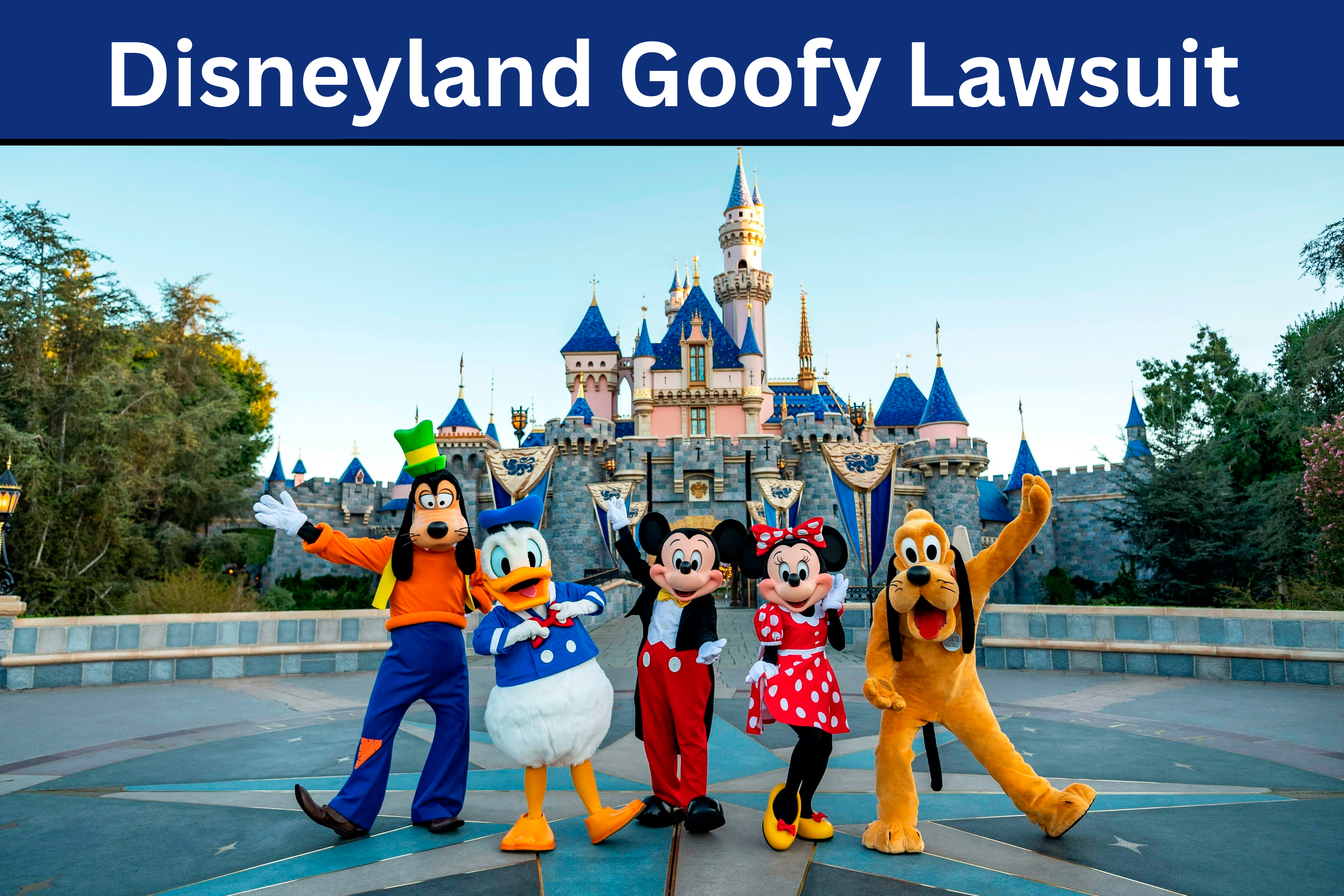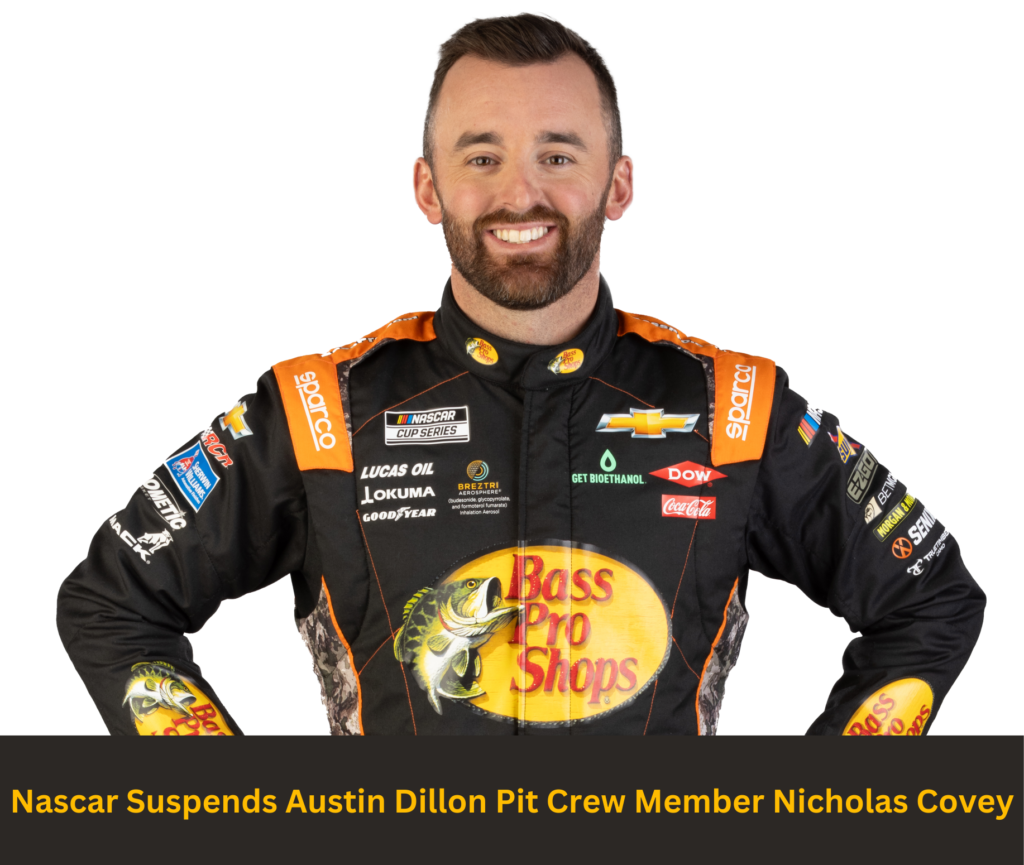The Disneyland Goofy lawsuit marks a significant chapter in the annals of theme park legal cases, spotlighting issues of character performer safety and guest interactions. On a bustling afternoon in August 2021, a seemingly typical day at Disneyland took a drastic turn. This lawsuit revolves around an incident involving a park guest and Goofy—one of Disneyland’s beloved character performers. The event and subsequent legal actions have cast a spotlight on operational practices and safety protocols within the theme park industry. This article aims to dissect the layers of the Disneyland Goofy lawsuit, providing a comprehensive understanding of the incident, legal nuances, and broader implications for theme parks worldwide.
What is the Disneyland Goofy Lawsuit?
The Disneyland Goofy lawsuit originated from an incident where a guest allegedly suffered injuries after an interaction with a performer dressed as Goofy. The guest, Griffin, claims that negligent behavior by the performer led to physical and emotional distress. The lawsuit seeks compensation for damages and calls for enhanced safety measures to prevent similar incidents. This case not only highlights the legal responsibilities of theme parks but also raises questions about the balance between entertainment and safety.
Incident Behind the Disneyland Goofy Lawsuit
The incident that triggered this legal battle occurred during a photo opportunity with Goofy. According to Griffin, as he approached for a photograph, the performer made an unexpected movement, causing Griffin to trip and sustain injuries. Eyewitness accounts and park surveillance are critical in piecing together the events. The legal proceedings focus on whether Disneyland’s protocols for character interactions were adequately safe and whether negligence was at play.
Legal Framework and the Disneyland Goofy Case
Judicial Examination: The Legal Layers Unfolded
The Disneyland Goofy lawsuit is steeped in complex legal questions involving public safety, negligence, and corporate responsibility. Here are key points concerning the legal aspects of the case:
- Duty of Care: Examination of whether Disneyland fulfilled its obligation to ensure guest safety.
- Negligence: Assessments of any failure by Goofy’s performer to adhere to standard operating procedures.
- Liability: Determination of Disneyland’s responsibility for actions performed by its employees.
- Compensation: Evaluation of the damages sought by Griffin, including medical expenses and emotional distress.
- Safety Protocols: Review of the existing safety measures and whether they were sufficient.
- Witness Testimonies: Importance of accounts from other guests and employees.
- Expert Opinions: Insights from industry experts on theme park operations and character performer training.
- Legal Precedents: Reference to previous cases involving character performers and guest interactions.
The Path to Redemption: Griffin’s Pursuit for Justice
Griffin seeks not only monetary compensation but also a commitment from Disneyland to review and improve its safety protocols. This part of the lawsuit underscores a personal journey towards healing and prevention of future occurrences.
Broader Consequences: Ensuring Safety Across Theme Parks
This lawsuit serves as a critical reminder of the importance of stringent safety measures and proactive responsibility in theme parks, influencing industry-wide practices.
Resilience and Recovery: The Human Aspect
Behind the legalities, this case touches on the resilience of those involved and their journey towards recovery after traumatic experiences.
Safety at the Forefront: Disneyland’s Proactive Measures
Post-lawsuit, Disneyland has the opportunity to lead by example, enhancing safety measures and ensuring a safe, enjoyable environment for all guests.
Setting the Scene for Change: Legal Echoes from the Goofy Costume Litigation
The legal precedents and implications stemming from the Disneyland Goofy lawsuit are substantial, focusing on:
- Historical Cases: Similar past lawsuits against theme parks and their outcomes.
- Regulatory Impact: How such cases shape regulatory approaches to theme park safety.
- Legal Standards for Entertainment Venues: The evolving legal standards that theme parks must adhere to.
- Insurance and Liability Considerations: How theme parks manage risk and insurance in light of such cases.
- Public Perception and Trust: The impact of legal disputes on public perceptions of theme park safety and brand trust.
- Operational Reforms: Possible operational changes prompted by legal challenges.
- Future Legal Challenges: Potential future legal challenges and how they could be influenced by the outcome of this case.
Collective Strength: The Role of Community and Support Systems
The support from community and advocacy groups plays a pivotal role in navigating the aftermath of such incidents, highlighting the power of solidarity.
Navigating the Aftermath: Lessons From the Goofy Lawsuit
The lessons learned from the Disneyland Goofy lawsuit are crucial for preventing future incidents:
- Enhanced Safety Protocols: The importance of continuously updating and enforcing safety protocols.
- Employee Training: Strengthening training programs for all employees, particularly those in performance roles.
- Guest Education: Educating visitors about safety practices within the park.
- Risk Assessment: Regularly conducting risk assessments to identify and mitigate potential hazards.
- Legal Preparedness: Understanding the legal implications of accidents and preparing accordingly.
- Community Engagement: Engaging with the community to maintain trust and support.
- Innovation in Safety Technology: Investing in new technologies to enhance guest safety.
Conclusion
The Disneyland Goofy lawsuit is more than a legal dispute; it is a narrative of personal struggle, community impact, and the ongoing quest for a safer entertainment space. As this case unfolds, it continues to influence public perceptions and operational standards within the theme park industry, ultimately shaping the future of guest experiences and safety protocols.


